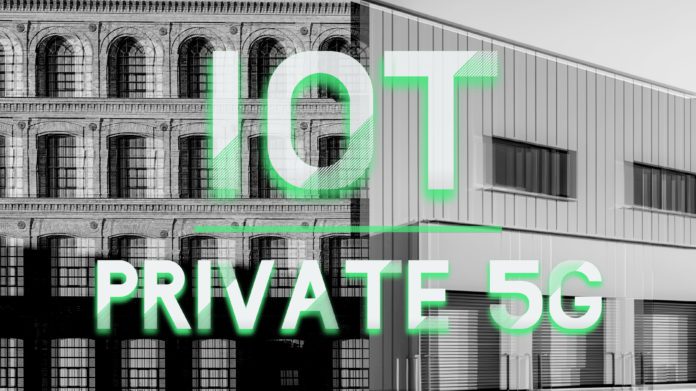There will be 108 million IoT connections on private LTE (4G) and 5G networks in the manufacturing sector in 2030, according to a new forecast from ABI Research. Manufacturing will be the biggest market for private 5G-IoT, it said. In second, the transportation industry will have 71 million IoT connections on private LTE and 5G networks in the same timeframe, it said.
ABI Research argues that the criticality of the manufacturing sector, in particular, is driving interest in private LTE and 5G networks, and will tend towards cellular as a transport technology for data from more critical-grade IoT sensor applications. Lizzie Stokes, IoT networks and services analyst at ABI Research, said: “Mission-critical use cases require ultra-reliable connectivity.”
She continued: “Any interruption in these operations could lead to significant revenue loss or threaten human life. Given these consequences, most mission-critical industrial IoT customers upgrading to wireless connectivity will choose a private cellular network.” ABI cited automation of heavy machinery in the manufacturing sector, and also in mining.
It also listed tracking containers in ports, and also “replacing legacy networks in oil and gas” as critical drivers for private cellular. Stokes said: “Heavy machinery automation, in particular, calls for a private 5G network. Industrial customers often initially invest in private cellular to connect employees’ devices, but eventually realize the value for more critical IoT applications.”
As it stands, mission-critical industrial IoT applications account for only a portion of total IoT use cases. Most IoT use cases do not require ultra-low-latency networks and instead support disparate devices that send infrequent, low-payload communications, said ABI Reseach. These non-mission critical IoT use cases are better suited for non-cellular private network technologies.”
ABI Research listed Wi-Fi, private LoRaWAN, and DECT-2020 NR, and others, as more appropriate technologies, often – notably for IoT deployments in commercial buildings, hospitals, and hotels. “They are more likely to benefit from a long-range and low-power option like private LoRaWAN.” A new report from the firm covers non-cellular private wireless technologies likes Wirepas, LoRa/LoRaWAN, Wi-Fi 6E/7, and Wi-Fi HaLow, plus suppliers like NEWRACOM, Qualcomm, and Cisco.
Stokes said: “The ideal private network connectivity technology for any IoT use case will largely depend on its criticality. “However, all important IoT verticals—from healthcare to manufacturing—will experience healthy growth in private cellular IoT connections from 2025 to 2030, underscoring this relatively new technology’s influence even in applications that heavily rely on non-cellular technologies.”

